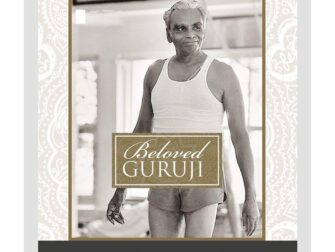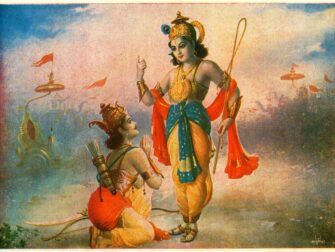You may or may not be aware that teachers of Iyengar Yoga follow a set of guidelines that is applicable worldwide. These guidelines originally came from BKS Iyengar himself, and were initially called the “Pune Constitution”; Pune, being the place in India where the Ramamani Iyengar Yoga Memorial Institute was established by Guruji back in 1975. This document was circulated internationally so that Iyengar Yoga Associations across the globe would be practicing, teaching, and assessing would-be-teachers in a way that was somewhat uniform. It was always intended to be a base upon which national Iyengar associations would run, and it was not a rigid set of regulations, as each country could adopt some exceptions to make it workable in their country. This document has had the effect of providing students with a reliably similar experience whether they take a class in Stockholm, Sweden or Kelowna, Canada. Teachers are held to a high level of standards, such that the teaching is not mixed with other styles or diluted in any way; therefore, the transmission of Iyengar Yoga comes through, even though teachers have different personalities and differing levels of experience.
“May this act as a key point for the growth of happiness and unity
amongst us all and may yogic discipline grow under your capable
and skillful cultivation of friendliness, compassion and gladness.”
– B.K.S. Iyengar in the Pune Constitution
This document also set out various levels of syllabi, increasing in level of difficulty. As teachers move to higher levels of certification they add more to their repertoire, which includes more challenging poses, and their skills increase in the areas of observation, ability to adapt and apply therapeutics, refinement of language, expansion of knowledge etc. At higher levels, the expectations at assessment are higher.
In July 2020 we received a new guidelines document which rearranged the levels of syllabi and revamped the assessment process. For example, up until then, we had 13 levels of certification, and now we have only 5! Not only that, the new assessment process has been redesigned to be more friendly, more educative—to be an opportunity for learning and rapport building. This new set of guidelines came out of many meetings which happened in Pune over several years with assessors and teachers from a multitude of countries. The Iyengar family was very receptive to hearing about the experiences of teachers worldwide, and the feedback regarding the strengths and weaknesses of the existing guidelines were carefully considered. The new guidelines have been seen by many to be a welcome change to a system that was sometimes viewed as hierarchical. Because the levels of syllabi have been reduced to 5, it has really “leveled the playing field”, and there is more room now for exploration of asanas and pranayama for the teachers.
Assessments have often been considered to be a very stressful event. There is a building up to that assessment weekend, with a lot of pressure to practice well and teach well. The new process has a focus on taking some of that pressure off, even allowing “retakes” on the final day. The candidates for assessment now have more choice to demonstrate and teach some poses which they can self-select, like designing their own inversion practice, for example. Keeping in mind that everyone, even the assessors are still students of Yoga, there is now an opportunity for all to practice together, so that the divisions between candidate and assessor can dissolve. And no more assessors pacing about the room with clipboards taking notes, which is a welcome relief to many!
We are in a time of transition now, as we embrace our new levels, our new syllabus and gradually make the transition to new style assessments. Many Iyengar yoga students have participated in these assessments in the past, and I hope you will again. You will have a chance to see the changes for yourself, not just in assessments, but also in your regular classes as your teacher may be exploring new territory in asana and pranayama!
“Don’t be exclusive, be inclusive…
not only in asana but every walk of life.”
– B.K.S. Iyengar


